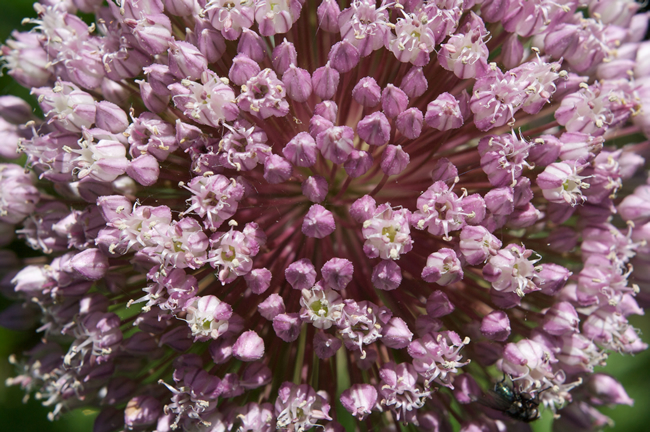Elephant garlic, also commonly called Russian garlic, is occasionally found listed in seed and bulb catologues and seed saver lists. In some regions it is found naturalised on old house sites and it is a welcome, or sometimes, unwelcome inhabitant of many suburban gardens – but it is not garlic.
So what is it? Its botanical name is Allium ampeloprasum (Ampeloprasum Group) ‘Elephant Garlic’ and it is actually a close relative of the leek, A. ampeloprasum (Porrum Group). It is only more distantly related to true garlic (A. sativum). Other common names are giant garlic, great-headed garlic, Levant garlic, Yorktown onion, and in French, ail d’orient, and German, pferdknoblauch. Read more
By Ellen
Mum always thought it was only a matter of time before I became I keen gardener. But on the eve of my 22nd birthday I still don’t feel any strong desire to rave about the brilliance of borage or the magnificence of mint. Growing up with my mother Penny Woodward was always a trade off between gardens and ice cream, gardens and play grounds, gardens and mini golf. My brother and I went with her to the gardens, if we behaved ourselves we got ice cream (or a visit to a play ground, or mini golf). This being said, some of the most memorable hours of my childhood were in gardens. Especially Heronswood in Dromana on the Mornington Peninsula, watching the goldfish and proudly identifying the elephant garlic. I came to know this allium quite well over the ten years Mum spent writing her book Garlic and friends. Garden visits took us all over Australia, to find mazes, Avenues of Honour, new gardens and plant-oriented ways to write about our family holidays. Read more


